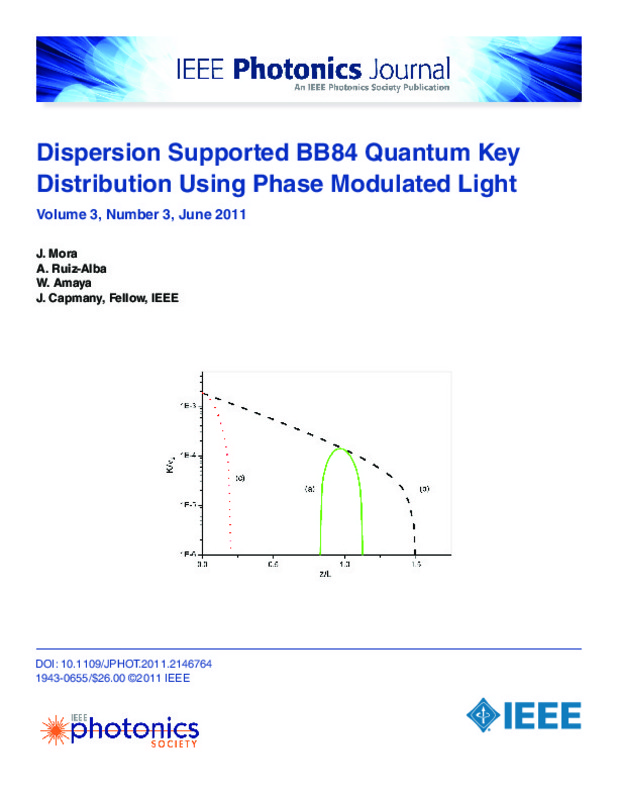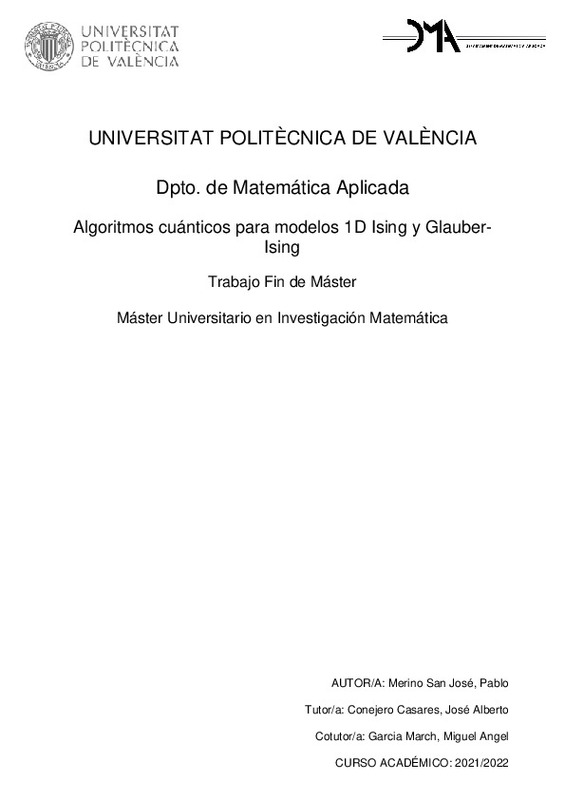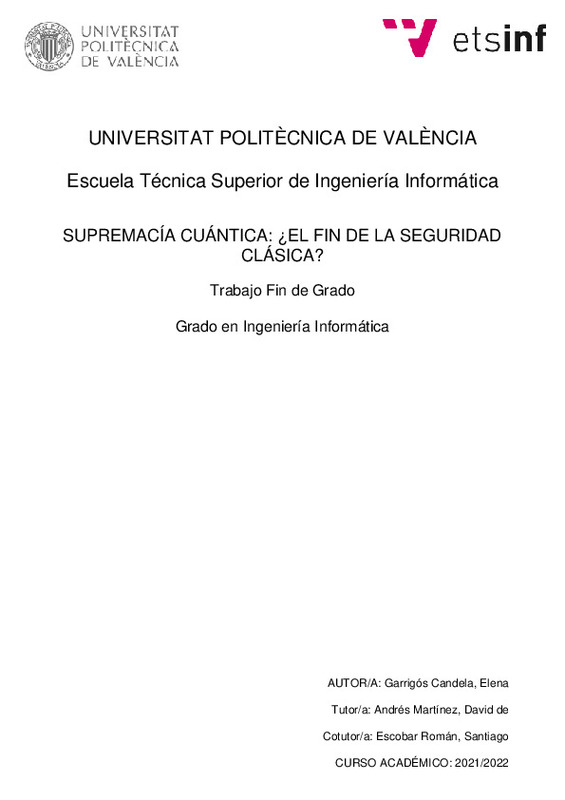Adams, J.; Browne, B.; Ballard, I.; Connolly, JP.; Chan, N.; Ioannides, A.; Elder, W.... (2011). Recent results for single-junction and tandem quantum well solar cells. Progress in Photovoltaics. 19(7):865-877. doi:10.1002/pip.1069
Por favor, use este identificador para citar o enlazar este ítem: http://hdl.handle.net/10251/84528
|
Título:
|
Recent results for single-junction and tandem quantum well solar cells
|
|
Autor:
|
Adams, J.G.J.
Browne, B.C.
Ballard, I.M.
Connolly, James Patrick
Chan, N.L.A.
Ioannides, A.
Elder, W.
Stavrinou, P.N.
Banham, J.W.J.
Ekins-Daukes, N.J.
|
|
Entidad UPV:
|
Universitat Politècnica de València. Instituto Universitario de Tecnología Nanofotónica - Institut Universitari de Tecnologia Nanofotònica
|
|
Fecha difusión:
|
|
|
Resumen:
|
[EN] The band gap of the quantum well (QW) solar cell can be adapted to the incident spectral conditions by tailoring the QW depth. The single-junction strain-balanced quantum well solar cell (SB-QWSC) has achieved an ...[+]
[EN] The band gap of the quantum well (QW) solar cell can be adapted to the incident spectral conditions by tailoring the QW depth. The single-junction strain-balanced quantum well solar cell (SB-QWSC) has achieved an efficiency of 28.3%. The dominant loss mechanism at the high concentrator cell operating bias is due to radiative recombination, so a major route to further efficiency improvement requires a restriction of the optical losses. It has been found that (100) biaxial compressive strain suppresses a mode of radiative recombination in the plane of the QWs. As biaxial strain can only be engineered into a solar cell on the nanoscale, SB-QWSCs are seen to have a fundamental efficiency advantage over equivalent bulk cells. Strain-balanced quantum wells in multi-junction solar cells can current match the sub-cells without the introduction of dislocations. Calculations are shown which predict efficiency limits as a function of QW absorption and band gap for such cells. A dual-junction InGaP/GaAs solar cell with QWs in the bottom sub-cell has been grown and characterized. Laboratory and calculated efficiencies relative to control cells are presented for the reported cell and a modeled device, respectively. Copyright (C) 2011 John Wiley & Sons, Ltd.
[-]
|
|
Palabras clave:
|
Concentrator cells
,
III-V
,
Multijunction
,
Quantum well
,
Biaxial compressive strain
,
Biaxial strains
,
Control-cell
,
Dual-junction
,
Efficiency improvement
,
InGaP/GaAs
,
Loss mechanisms
,
Multi junction solar cells
,
Nano scale
,
Quantum well solar cells
,
Radiative recombination
,
Spectral conditions
,
Strain-balanced
,
Strain-balanced quantum well solar cells
,
Sub-cells
,
Concentration (process)
,
Efficiency
,
Energy gap
,
Semiconductor quantum wells
|
|
Derechos de uso:
|
Cerrado |
|
Fuente:
|
Progress in Photovoltaics. (issn:
1062-7995
)
|
|
DOI:
|
10.1002/pip.1069
|
|
Editorial:
|
Wiley
|
|
Versión del editor:
|
http://doi.org/10.1002/pip.1069
|
|
Título del congreso:
|
25th European Photovoltaic Solar Energy Conference and Exhibition (EU PVSEC)/5th World Conference on Photovoltaic Energy Conversion (WCPEC-5)
|
|
Lugar del congreso:
|
Valencia, Spain
|
|
Fecha congreso:
|
September 6-10, 2010
|
|
Agradecimientos:
|
This work was supported by the UK Engineering and Physical Sciences Research Council.
|
|
Tipo:
|
Artículo
Comunicación en congreso
|






![[Cerrado]](/themes/UPV/images/candado.png)




